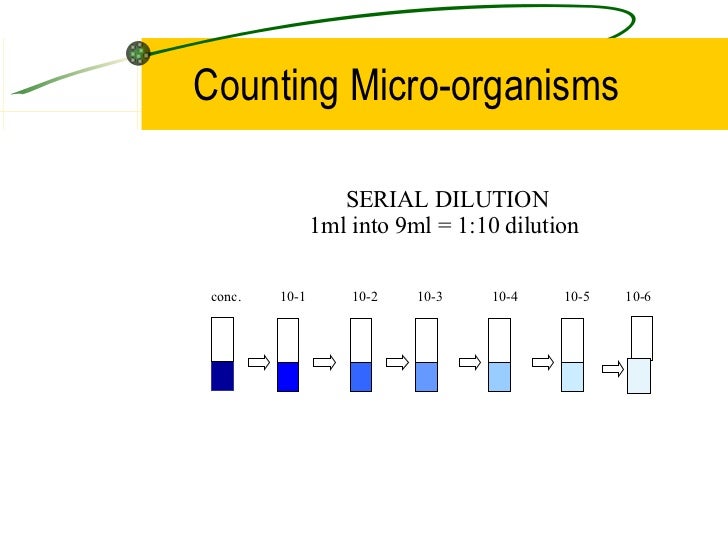Serial Dilution Advantages And Disadvantages

Whats the advantages and disadvantages for each of the following: 1) Preparing solutions by serial dilution. 2) Direct preparation of solutions by mass. Study 5 Serial Dilution method flashcards from Mandy S. On StudyBlue. Advantages of serial dilution-agar plate; 1. Only viable cells counted 2. Allows isolation of discrete colonies that can be subcultured into pure colonies which can be studied/identified. Disadvantages of serial dilution-agar plate. Overnight incubation required.
 DIRECT DILUTION Different volumes of the same stock solution are transferred directly to the assay plate The generation of IC 50 or EC 50 data is a key component of drug discovery processes. The setup of IC 50 curves have traditionally been a liquid handling challenge that is prone to error.
DIRECT DILUTION Different volumes of the same stock solution are transferred directly to the assay plate The generation of IC 50 or EC 50 data is a key component of drug discovery processes. The setup of IC 50 curves have traditionally been a liquid handling challenge that is prone to error.
The use of the eliminates these errors, enabling discoveries that would have been missed by other methods. By coupling the Echo Liquid Handler with and, IC 50 data is generated more accurately and more efficiently than traditional methods.
Traditional Method: Serial Dilution Traditionally, scientists have approached the generation of IC 50 data in similar manners. Starting with a high concentration of drug in DMSO or buffer, they create their initial stock and then dilute across a series of wells. A small amount of the high concentration well is transferred to the next well, containing buffer or solvent.
The process is repeated, resulting in each successive well at a concentration increment lower than the previous well. As this technique has been the only available approach to IC 50 curve generation, the inherent drawbacks for this method are not often considered. The risks in this technique include. Compound Precipitation Many serial dilution techniques start with a compound in DMSO diluted into buffer. As this first step is the highest concentration of compound, the change in buffer solution could cause material to precipitate out of solution.
Subsequent dilution of the first sample in a serial dilution method may transfer the compound at a far lower concentration than anticipated. Compound Waste To avoid the above scenario, some will serially dilute compound into the same storage solution (usually DMSO). The generated IC 50 curve DMSO is then added in smaller volumes to an assay. While this method reduces the risk of compound precipitation, it usually requires far higher volumes of compound to be used in order to produce the full curve. This results in waste of compounds that may be unique or not readily available, and increased DMSO waste and disposal costs. Major drawbacks of error in the serial dilution process are readily apparent. Each risk may result in compounds appearing to be less potent in a screening method.